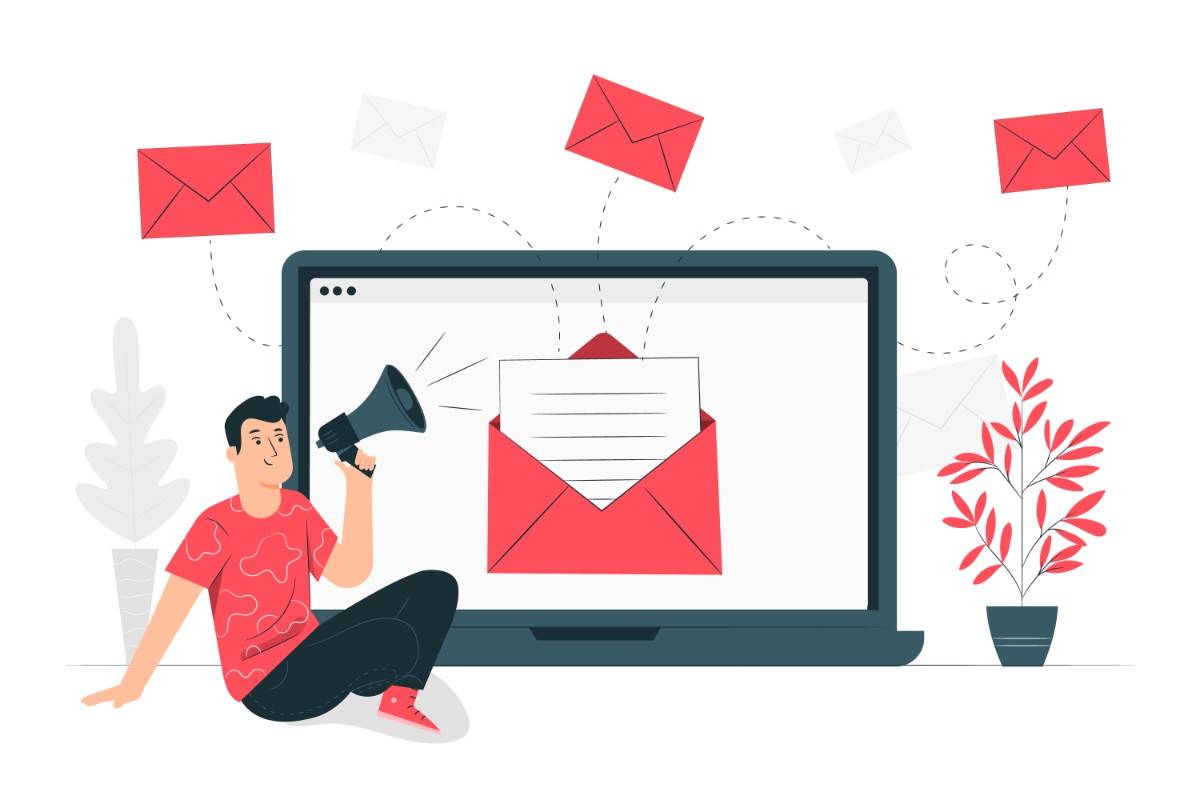In today’s fast-paced digital landscape, businesses are constantly seeking innovative ways to connect with their customers. While social media, email, and online advertising dominate the conversation, one powerful tool often gets overlooked: SMS/mobile marketing. This blog post delves into the dynamic world of SMS marketing service, exploring its benefits, strategies, and why it should be an integral part of your marketing arsenal.
Why SMS/Mobile Marketing?
1. Unparalleled Reach and Engagement:
2. High Conversion Rates:
3. Cost-Effectiveness:
4. Versatility and Flexibility:
Effective SMS Marketing Strategies
1. Build a Quality Subscriber List: The success of your SMS marketing campaign hinges on having a quality subscriber list. Use opt-in methods such as sign-up forms on your website, in-store promotions, and social media campaigns to encourage customers to subscribe.
2. Personalize Your Messages: Personalization goes a long way in making your messages resonate. Use customer data to tailor your messages based on previous purchases, browsing behavior, and demographic information.
3. Keep It Short and Sweet: SMS messages are limited to 160 characters, so your content must be concise and to the point. Clearly communicate the value of your message and include a strong call-to-action (CTA).
4. Timing is Everything: Timing can significantly impact the effectiveness of your SMS campaigns. Consider the best times to send messages based on your audience’s behavior. For example, retail promotions might perform better during lunch breaks or weekends.
5. Compliance and Respect for Privacy: Ensure compliance with regulations such as the Telephone Consumer Protection Act (TCPA) in the US. Always obtain explicit consent before sending messages and provide an easy opt-out option.

The Future of SMS/ Mobile Marketing Service
As technology continues to evolve, the potential for SMS marketing grows. Integration with artificial intelligence (AI) and chatbots can enhance personalization and automate responses, making customer interactions even more seamless. Additionally, Rich Communication Services (RCS) are set to transform SMS into a more interactive and multimedia-rich experience.
In conclusion, SMS/mobile marketing is a powerful tool that offers direct, immediate, and highly engaging communication with your customers. By incorporating well-planned SMS campaigns into your marketing strategy, you can drive higher engagement, boost conversions, and build stronger customer relationships. Embrace the power of SMS and watch your business thrive in the mobile-first world.
Are you ready to leverage SMS marketing for your business? Contact us today to discover how our tailored SMS marketing solutions can help you connect with your audience like never before.















